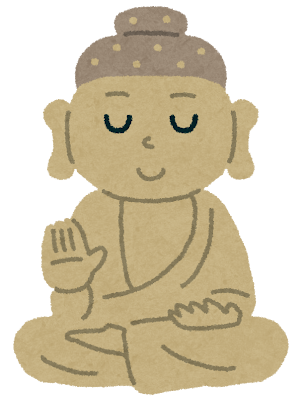Good morning/afternoon/evening! It is the blog How Unique Japan, spreading any uniqueness there!
For this page, I would love to write about one big part of the Japanese religion, Buddhism.
You might already know that Buddhism is not original to Japan. It came from India throughout China. However, this religion acts as the main religion now.
Why?
Then, we shall see the origin and founder of the religion (history) and how it worked for ancient Japanese after it came there.
The history
The religion first came from China to Japan in the 6th century. However, the founder created it around 2,500 BC in India, so it was much older when it came.
The founder is the ancient prince/nobility in India named Gautam Siddhartha.
Although he lived in worthy environments, he used to consider and suffer from anxiety and fears. They are about living, aging, illness, and death.
When he was a child, he was terrified of them. He questioned his servants, teachers, his dad (king), and his mum about those negatives.

However, nobody ever gave him the answer he wanted or satisfied him. Thus, he became a monk to overcome his fears through hard training. That means he threw his career (nobility family line) away.
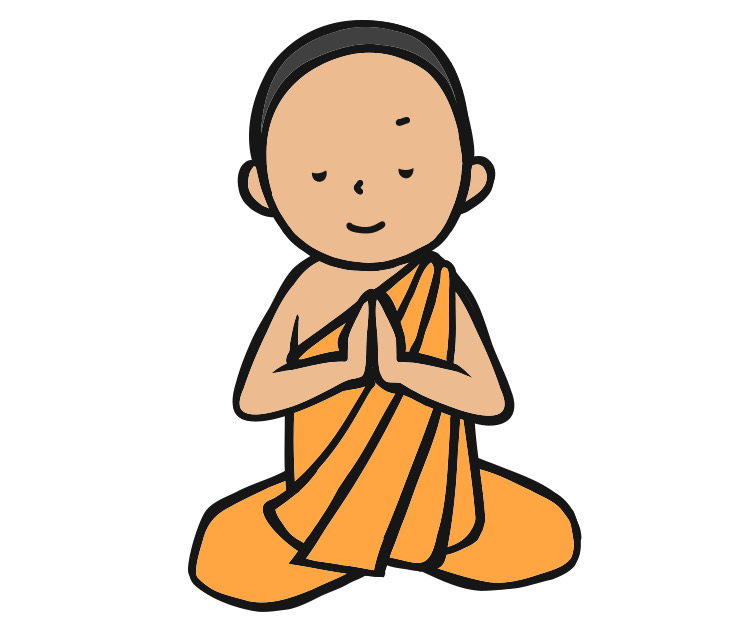
At that time, monks did physical training seriously for enlightenment or salvation. It was sometimes like torture – for example, stop eating/drinking while, do not sit down while, and not sleeping while (there are plenty of ways).
We do not deny that somebody will get the catharsis concerning the answers and salvations from those training because they work so hard. However, Gautam Siddhartha failed the training.
So, he did not get any opportunities for catharsis, salvation, and enlightenment from the training (when he did the training. He chose the way he stopped eating while). Even so, he had done it for over six years.
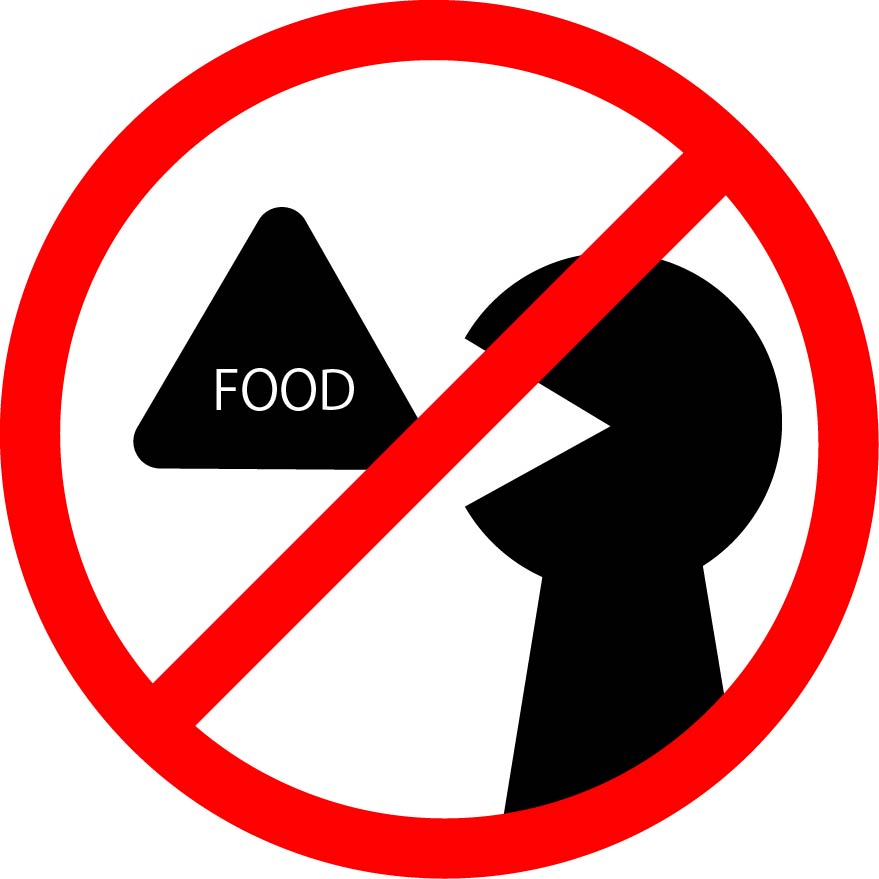
Nobody can expect how much he disappointed himself. He dragged his body to the nearest village from the forest where he trained.

He was weak, almost dead from starvation. But one girl took care of him with one porridge with milk. He hesitated to eat first but could not resist the appetite.
He ate it, although he was in training. Let me say again. Nobody can estimate how much he got confused when he did.
However, he got the tiny light for enlightenment/salvation from positive thinking (because he got full?). It is that too much training will only rob our energy to live. Such a worse condition sometimes takes us far from enlightenment or salvation.
That was an opportunity to rethink what is right or wrong. He concluded there is no evil desire or fear. It is always YOU.
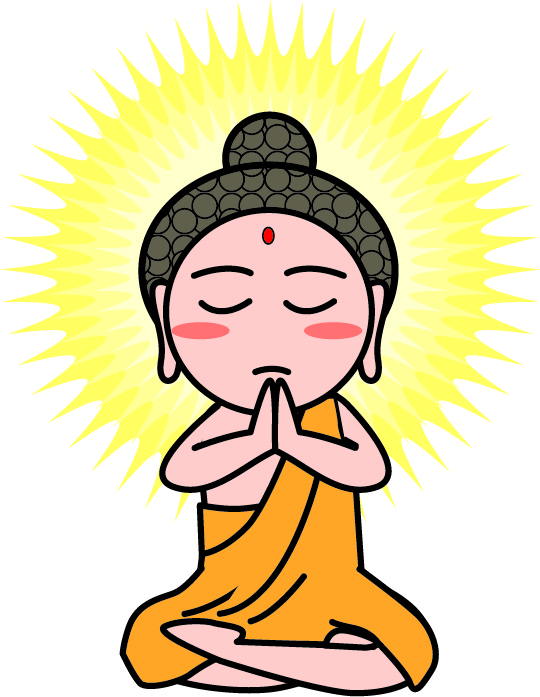
He did it. He finally reached enlightenment from that Aha experience, becoming the founder of Buddhism, Buddha.
Surprisingly, that fundamental idea has not changed till now.
It is that.
Our goal is to reach a calm soul/heart by understanding the cycle of suffering. So, we shall say that every incident (or fate) should have a cause and result. It is the reason for Buddhism.
After he finished the training, he televised his new lesson.
What they must have admired about Buddha is that he treated everyone equally. Nobility, sellers, farmers, soldiers from enemy countries, and slaves are the same. So, he never created a wall/board between his disciples.
That was shocking because the citizens naturally accepted the rank from the social system at the time. Another religion even had this way.
Poor people were poor, but nobilities were worthy. Nobody tried to change this system. Thus, everyone in India accepted his lesson rapidly.
When did it come to Japan?
After it influenced Asian countries, the religion came from China. It was around the sixth century. Interestingly, Buddhism differed slightly from the original when it went to Japan due to additional lessons from another country.
For example, respect past family/relatives with graves. That idea is the Chinese religion Jukyo. However, Buddhism observed this lesson. Ancient Japanese loved this way.
Japan then had two different religions. It is Buddhism and Shintoism. So, previous Japanese needed to call them separately for less confusion.
That’s it. Before Buddhism came, Shintoism did not have its name.

In 582 AC, ancient Japanese emperor Suiko Tenno got the religion Buddhism as the national policy. Then later, the next emperor, the Tenmu Tenno (from 673 to 686 AC), treated the policy by building temples and making them famous among citizens.
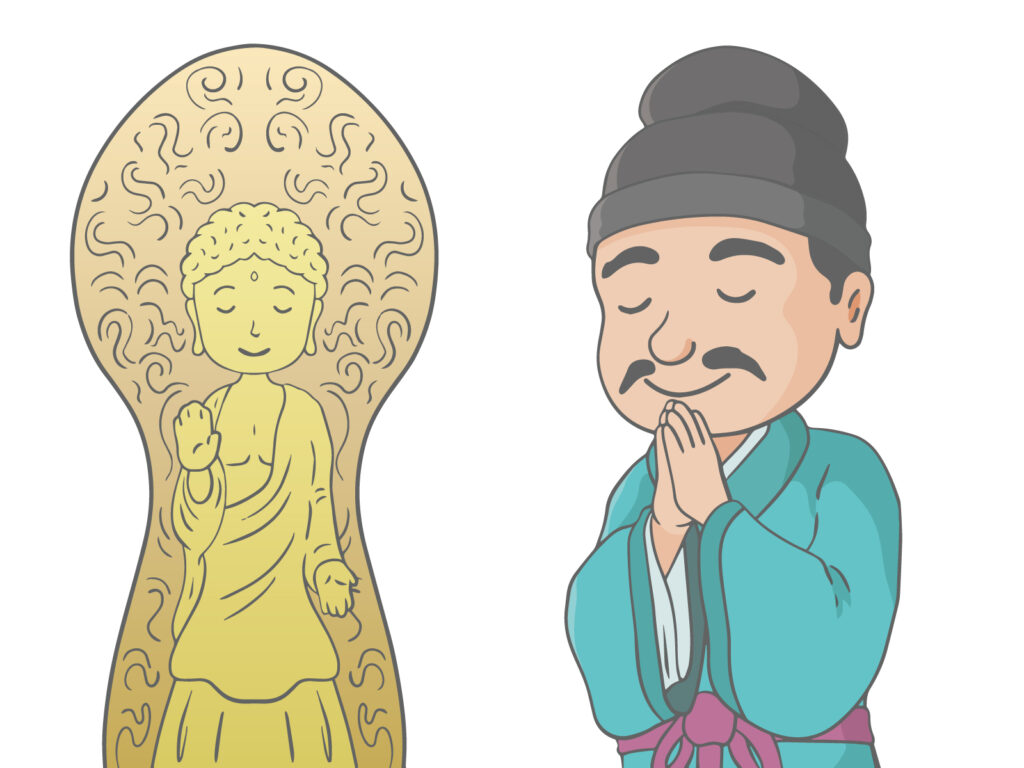
It is the roots of Buddhism in Japan.
To close
This time, we talked about Buddhism. However, it is not over yet. We still have other content. They are about the Edo era, and Japanese food.
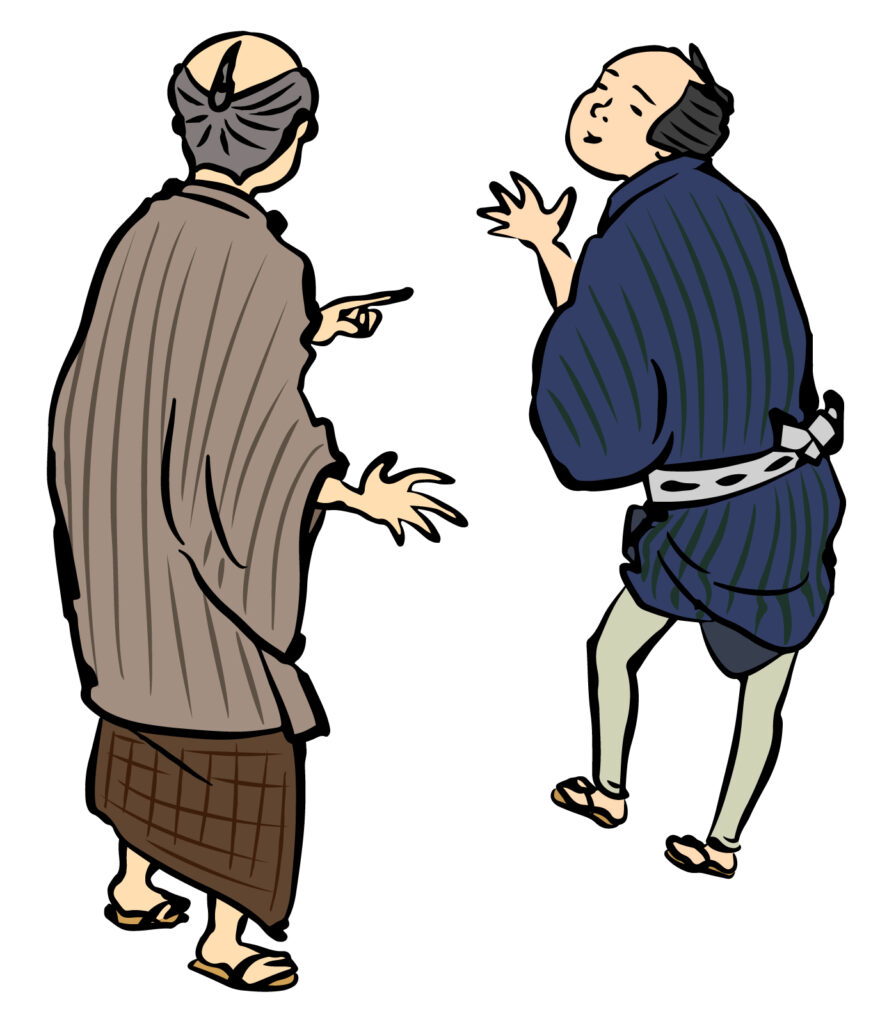
If you are still interested in those articles, please visit the pages.
Thank you so much for reading this article! See you for the next Japanese uniqueness!
